
By: Heidi Hertler, PhD
Where the Rainforest Meets Tropical Agro-ecosystems and Factory Farms
Our first field trip provides an almost severe introduction to one of the most pressing issues in the tropics: the interface between biodiversity conservation, sustainable agriculture, and factory farms. During day one, our students stepped for the very first time in the tropical rainforest of Braulio Carrillo National Park, and examined some of the reasons for the existence of such high levels of species diversity and species aggregation. Rainforests represent the heart of terrestrial diversity, functioning in that manner for a long time, although their existence in Costa Rica is fairly recent. Costa Rica emerged from the ocean bottom as a system of volcanic islands resulting from the collision of the Cocos Plate on the Caribbean Plate about 3 million years ago. It was not until the end of the Pleistocene Glaciation (10 thousand years ago) when conditions got warmer and the country was invaded by the flora and fauna of the Amazon, acquiring its characteristic neotropical taste.
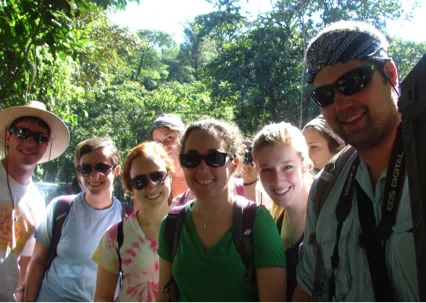
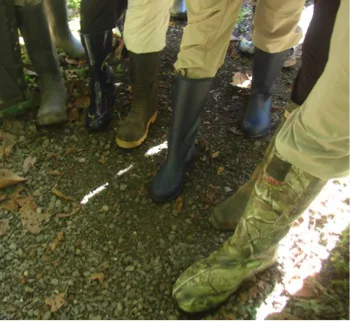
Braulio Carrillo National Park is one of the most diverse places in the planet. This park protects an elevational gradient from La Selva Biological Station (30 meters above sea level [masl]) to the summit of Barva Volcano at almost 3,000 masl. Such gradient shelters 50% of the plant diversity of Costa Rica.

Our second day continued at El Progreso Agro-ecological farm, where our students examined the sustainability of agro-ecosystems as an alternative to combine biodiversity protection with agricultural production. They enjoyed the freshwater from the liana Uncaria tomentosa (Cat Claw), a relative of coffee, which is also used for its medicinal value (positive effects on the immune system and important antioxidant properties).
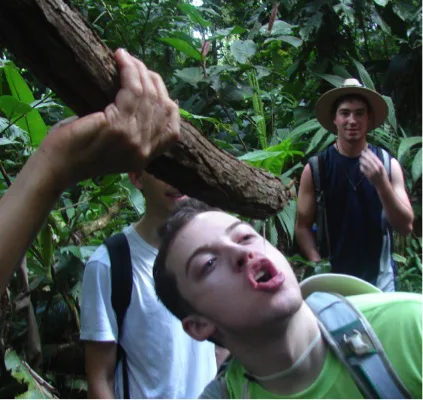
We also enjoyed fresh honey from stingless bees of the genus Trigona. These bees have been cultivated by indigenous peoples before the arrival of the Spaniards. The honey is very liquidy and is used mostly for medicinal purposes. Trigonas are also important pollinator of understory forest species, as well as of many crops.
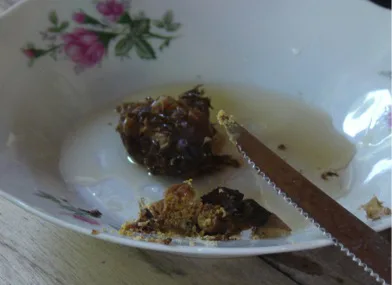
Honey and pollen from Trigonas was the dessert of a wonderful lunch at El Progreso, where we also had vegetables freshly harvested from the farm. In addition, we got to know some promising tropical crops, such as Malanga (Xantosomasp). Malanga’s rhizome is very starchy, and once cleaned, it can be cut into chips, which are very tasty.
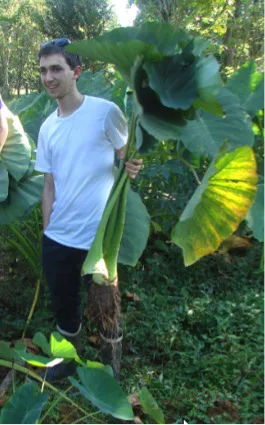
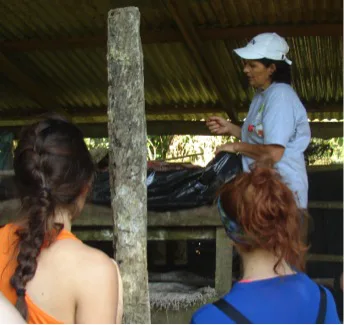
Our host, Nuria Chavez, explained different techniques of organic agriculture, including compost made by earthworms, as well as collecting efficient microorganisms from the leaf litter of the tropical forest as the first step to make liquid fertilizer. Our students got to make the next annual batch of Efficient Microorganisms for the farm. We ended the day hugging a giant Ceiba tree, the sacred tree of the Maya. The next morning, we visited a banana plantation owned by Dole and got to see the contrast between factory farming and sustainable agro-ecosystems. It was a field trip to remember.
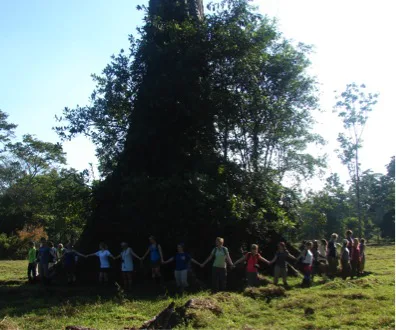
Related Posts


Alumni Reflections: Stories of the Return to Kenya
